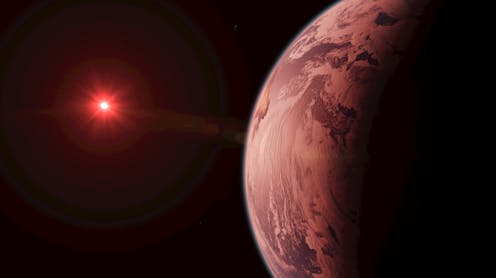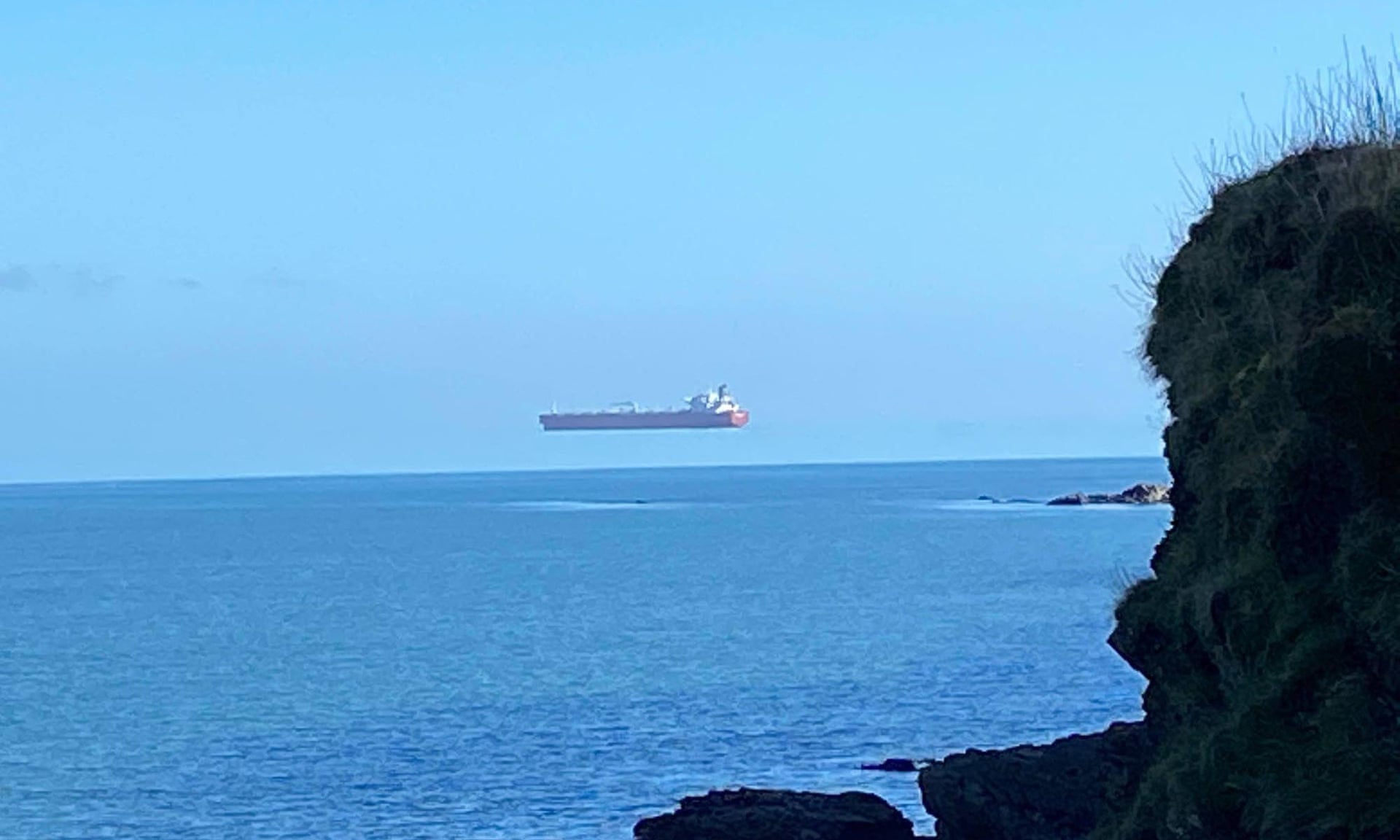 Darryl Fonseka/Shutterstocl
Darryl Fonseka/ShutterstoclWhat do you think of when it comes to extra terrestrial life? Most popular sci-fi books and TV shows suggest humanoid beings could live on other planets. But when astronomers are searching for extra-terrestrial life, it is usually in the form of emissions from bacteria or other tiny organisms.
A new research paper in the Astrophysical Journal suggests that Cambridge scientists have managed to find this type of emission with a certainty of 99.7% from a planet called K2-18b, 124 light years away. They used Nasa’s James Webb Space Telescope to analyse the chemical composition of the planet’s atmosphere and say they found promising evidence K2-18b could host life.
It’s an exciting breakthrough but it doesn’t confirm alien life.
Let’s look at why scientists largely do not accept the paper as proof of alien life.
Why it’s so hard to detect to alien life
Exoplanet hunting fell out of public interest quickly due to the staggering number of planets scientists are discovering. The first convincing exoplanet around a sun-like star was discovered in 1995 via radial velocity, where you don’t look at the planet but instead observe its effect on its nearest star. As the star wobbles back and forth it causes a tiny shift in the wavelength of the light it emits, which we can measure. We already know of roughly 7,500 planets.
Only 43 (to date) have been observed directly (about 0.5% of them). Most are discovered through indirect means, such as radial velocity or the transit method. The transit method is where you look at how the brightness of the star decreases as the planet passes in front of it. It will block a tiny amount of the light.
An exoplanet atmosphere
Looking at the atmosphere of an exoplanet is even more difficult. Scientists use spectroscopy to do this. The light coming out of the star can be observed directly and a small amount of it will also pass through the atmosphere of the planet. Researchers can estimate what an exoplanet’s atmosphere is made of by studying which light from the star is emitted or absorbed in the atmosphere.
Let’s try an analogy. You have a desk lamp at one end of a long table and you are standing at the other end, looking at the lamp. There is a glass of liquid in between you and the lamp. In very simple terms, the glass of liquid acting as the exoplanet and atmosphere, looks slightly blue, which allows you to identify it as water. In reality for scientists though, it’s more like the glass of water is a tiny glass bead which is rolling around while someone is messing around with a dimmer switch on the lamp. Then, freak weather results in a gentle mist forming on the table. The liquid is 99% pure water and 1% mineral water and the scientist is trying to see what minerals are in the water.
You can see that the expertise required to be perform this work is incredible. They observed molecules with a 99.7% confidence rate, which is a remarkable achievement.
The data from JWST and K2-18b
The key data in this study is in a graph fitting light absorption rates to which kind of molecules could be there and working out how abundant they are. It features in this short film about the discovery.
The graph produced by the study’s authors shows evidence for dimethyl sulphide and dimethyl disulphide (DMS).
Some scientists think of DMS as a biomarker - a molecular indicator of life on Earth. However DMS is not only produced by bacteria, but has also been found on comet 67P and in the gas and dust of the interstellar medium, the space between stars. It can even be generated by shining UV light onto a simulated atmosphere. The authors acknowledge this and claim the amount they determined was present cannot be produced by any of these conditions.
Similar to other claims of life?
Multiple studies have shown indicators for DMS and life in general on K2-18b and there are many other claims for other exoplanets.
The most recent is the idea that phosphine (another biomarker) was discovered in the Venusian atmosphere, so there must be bacteria in the clouds. This claim was quickly refuted by other researchers. Scientists pointed that a tiny error in the matching of data created results that showed a larger abundance of phosphine than was accurate. The Cambridge study is more rigorous and has more certainty in the result. But it is still not strong enough to convince the academic community, which needs 99.999% certainty.
The study authors suggest their findings indicate liquid oceans and a hydrogen atmosphere but others have countered it could be a gas giant, or a volcanic planet full of magma.
The Cambridge study is not proof of life, but it is an important step forward to characterising what other planets might be like and determining if we are alone or not. The study presented the best result yet and should inspire other scientists to take up the challenge.
Ian Whittaker does not work for, consult, own shares in or receive funding from any company or organisation that would benefit from this article, and has disclosed no relevant affiliations beyond their academic appointment.

 2 months ago
1833
2 months ago
1833 
















 English (United States) ·
English (United States) ·